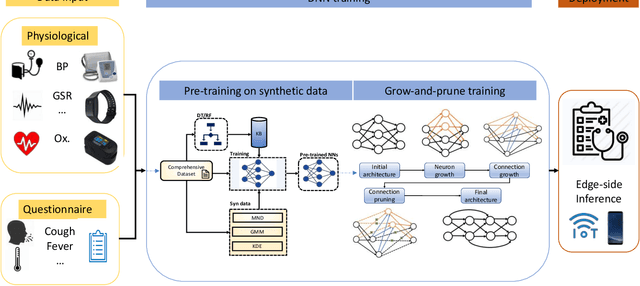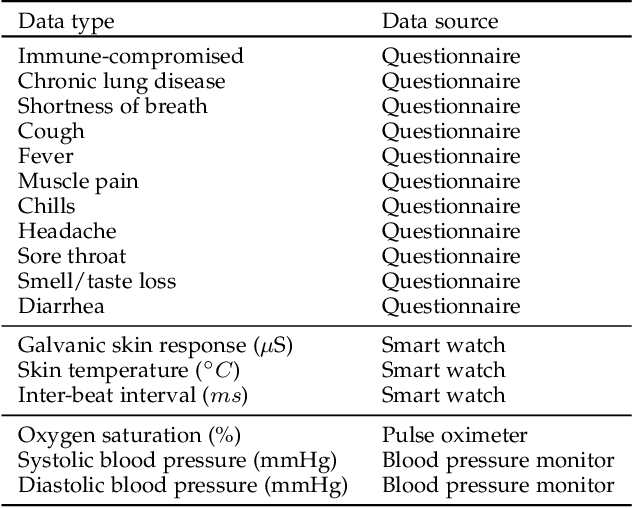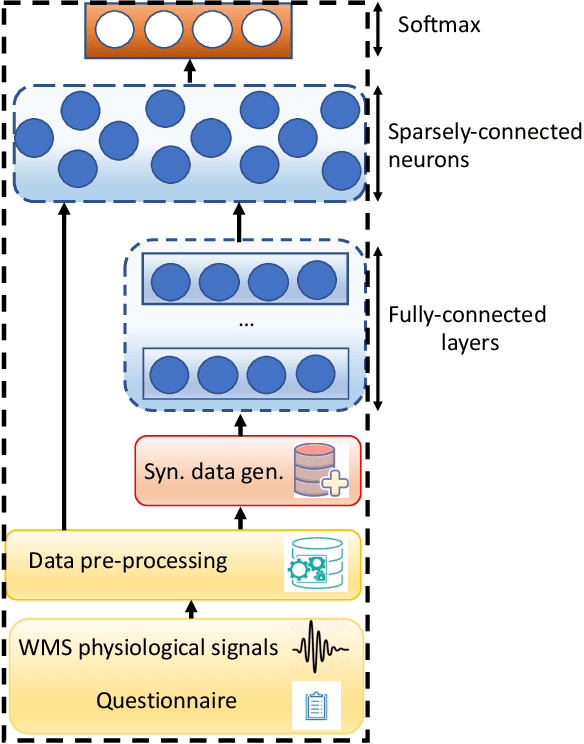Raffaele Bruno
A Machine-Learned Ranking Algorithm for Dynamic and Personalised Car Pooling Services
Jul 06, 2023Abstract:Car pooling is expected to significantly help in reducing traffic congestion and pollution in cities by enabling drivers to share their cars with travellers with similar itineraries and time schedules. A number of car pooling matching services have been designed in order to efficiently find successful ride matches in a given pool of drivers and potential passengers. However, it is now recognised that many non-monetary aspects and social considerations, besides simple mobility needs, may influence the individual willingness of sharing a ride, which are difficult to predict. To address this problem, in this study we propose GoTogether, a recommender system for car pooling services that leverages on learning-to-rank techniques to automatically derive the personalised ranking model of each user from the history of her choices (i.e., the type of accepted or rejected shared rides). Then, GoTogether builds the list of recommended rides in order to maximise the success rate of the offered matches. To test the performance of our scheme we use real data from Twitter and Foursquare sources in order to generate a dataset of plausible mobility patterns and ride requests in a metropolitan area. The results show that the proposed solution quickly obtain an accurate prediction of the personalised user's choice model both in static and dynamic conditions.
Cellular traffic offloading via Opportunistic Networking with Reinforcement Learning
Oct 01, 2021



Abstract:The widespread diffusion of mobile phones is triggering an exponential growth of mobile data traffic that is likely to cause, in the near future, considerable traffic overload issues even in last-generation cellular networks. Offloading part of the traffic to other networks is considered a very promising approach and, in particular, in this paper, we consider offloading through opportunistic networks of users' devices. However, the performance of this solution strongly depends on the pattern of encounters between mobile nodes, which should therefore be taken into account when designing offloading control algorithms. In this paper, we propose an adaptive offloading solution based on the Reinforcement Learning framework and we evaluate and compare the performance of two well-known learning algorithms: Actor-Critic and Q-Learning. More precisely, in our solution the controller of the dissemination process, once trained, is able to select a proper number of content replicas to be injected into the opportunistic network to guarantee the timely delivery of contents to all interested users. We show that our system based on Reinforcement Learning is able to automatically learn a very efficient strategy to reduce the traffic on the cellular network, without relying on any additional context information about the opportunistic network. Our solution achieves a higher level of offloading with respect to other state-of-the-art approaches, in a range of different mobility settings. Moreover, we show that a more refined learning solution, based on the Actor-Critic algorithm, is significantly more efficient than a simpler solution based on Q-learning.
Weak Signals in the Mobility Landscape: Car Sharing in Ten European Cities
Sep 20, 2021



Abstract:Car sharing is one the pillars of a smart transportation infrastructure, as it is expected to reduce traffic congestion, parking demands and pollution in our cities. From the point of view of demand modelling, car sharing is a weak signal in the city landscape: only a small percentage of the population uses it, and thus it is difficult to study reliably with traditional techniques such as households travel diaries. In this work, we depart from these traditional approaches and we leverage web-based, digital records about vehicle availability in 10 European cities for one of the major active car sharing operators. We discuss which sociodemographic and urban activity indicators are associated with variations in car sharing demand, which forecasting approach (among the most popular in the related literature) is better suited to predict pickup and drop-off events, and how the spatio-temporal information about vehicle availability can be used to infer how different zones in a city are used by customers. We conclude the paper by presenting a direct application of the analysis of the dataset, aimed at identifying where to locate maintenance facilities within the car sharing operation area.
* This work was partially funded by the ESPRIT, REPLICATE and SoBigData projects, which have received funding from the European Union's Horizon 2020 research and innovation programme under grant agreements No 653395, No 691735, and No 654024, respectively. arXiv admin note: text overlap with arXiv:1708.00497
CovidDeep: SARS-CoV-2/COVID-19 Test Based on Wearable Medical Sensors and Efficient Neural Networks
Jul 28, 2020



Abstract:The novel coronavirus (SARS-CoV-2) has led to a pandemic. Due to its highly contagious nature, it has spread rapidly, resulting in major disruption to public health. In addition, it has also had a severe negative impact on the world economy. As a result, it is widely recognized now that widespread testing is key to containing the spread of the disease and opening up the economy. However, the current testing regime has been unable to keep up with testing demands. Hence, there is a need for an alternative approach for repeated large-scale testing of COVID-19. The emergence of wearable medical sensors (WMSs) and novel machine learning methods, such as deep neural networks (DNNs), points to a promising approach to address this challenge. WMSs enable continuous and user-transparent monitoring of the physiological signals. However, disease detection based on WMSs/DNNs and their deployment on resource-constrained edge devices remain challenging problems. In this work, we propose CovidDeep, a framework that combines efficient DNNs with commercially available WMSs for pervasive testing of the coronavirus. We collected data from 87 individuals, spanning four cohorts including healthy, asymptomatic (but SARS-CoV-2-positive) as well as moderately and severely symptomatic COVID-19 patients. We trained DNNs on various subsets of the features extracted from six WMS and questionnaire categories to perform ablation studies to determine which subsets are most efficacious in terms of test accuracy for a four-way classification. The highest test accuracy obtained was 99.4%. Since different WMS subsets may be more accessible (in terms of cost, availability, etc.) to different sets of people, we hope these DNN models will provide users with ample flexibility. The resultant DNNs can be easily deployed on edge devices, e.g., smartwatch or smartphone, which also has the benefit of preserving patient privacy.
Car sharing through the data analysis lens
Jul 25, 2017



Abstract:Car sharing is one the pillars of a smart transportation infrastructure, as it is expected to reduce traffic congestion, parking demands and pollution in our cities. From the point of view of demand modelling, car sharing is a weak signal in the city landscape: only a small percentage of the population uses it, and thus it is difficult to study reliably with traditional techniques such as households travel diaries. In this work, we depart from these traditional approaches and we rely on web-based, digital records about vehicle availability in 10 European cities for one of the major active car sharing operators. We discuss how vehicles are used, what are the main characteristics of car sharing trips, whether events happening in certain areas are predictable or not, and how the spatio-temporal information about vehicle availability can be used to infer how different zones in a city are used by customers. We conclude the paper by presenting a direct application of the analysis of the dataset, aimed at identifying where to locate maintenance facilities within the car sharing operational area.
 Add to Chrome
Add to Chrome Add to Firefox
Add to Firefox Add to Edge
Add to Edge